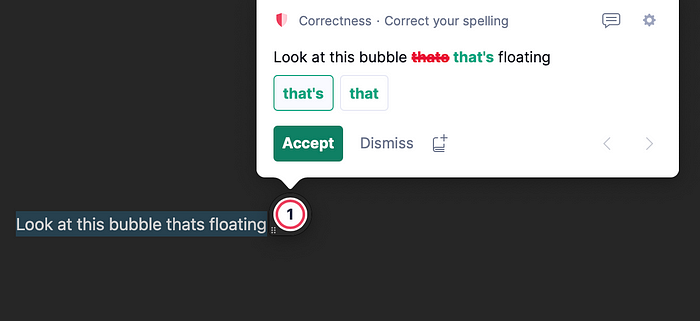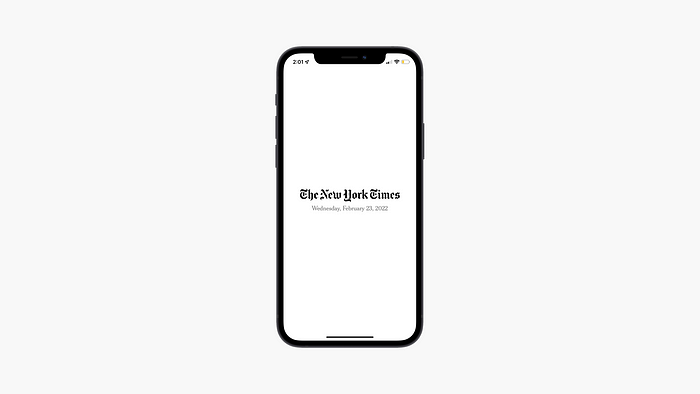We need more Calm Design

In 2008, iPhone kickstarted the mobile app industry with a simple line — “There’s an app for that.” It’s been almost 15 years since, and this context has slowly shifted to “You need an app for that.”
We have become accustomed to staring at a wall of apps every day. Apps have become integral to how we interact with the world and each other alike. The mobile app industry has gone from non-existent (or scorned, rather) to becoming an over 150 billion market.
Millions of apps are now fighting for that precious 1 cm square on your home screen. Companies are pouring in boatloads of money just to get the user’s time of day. Some companies, however, are taking an alternate approach to products and product design, all using the principles of Calm Technology.
What is Calm Technology?
Calm Technology originated in 1995 at Xerox Palo Alto Research Center by three researchers Mark Weiser, Rich Gold, and John Seeley Brown.
The philosophy is rooted in the idea that computing systems should “simplify complexities, not introduce new ones.”
Their research into ubiquitous computing gave them warning signs of information floodgates that were about to be opened. They believed that technology would need to be designed to seamlessly provide information without hijacking people’s attention. Although technologists have been a little late to act on this, things seem to be moving in the right direction.
It’s easy to see what precisely calm technology is through certain technological products. The trajectory of change has been, from products being designed to perform the best, to products that fit the best into a user’s life.
An interesting example from the world of personal audio devices: doughnut-shaped earphones (made by Sony) to accommodate ambient noise so that people stay aware of their surroundings, the focus in the product is not just about the best operation, but also about the best consideration the product has to the realities and safety of the user.

What this product is doing is essentially respecting people’s attention and their surroundings.
This is the core ideology outlined in their 1996 paper “The Coming Age of Calm Technology.” This paper also laid out a set of guidelines to consider while designing calm tech. Let’s look at these principles and how modern digital products are implementing them today.
Trying to be peripheral to the user
According to this framework, technology should always be present at a person’s periphery and become available when required. What this means for digital products is twofold. First, make products available on every relevant platform. Second, have an easy and frictionless way to move in and out of the user’s purview. Tech companies usually use a multi-pronged approach to execute this framework.

VPN apps provide a great case study to see how one product should be accessible through multiple platforms. Pick any major VPN provider of your choice. The chances are they have an app for all modern computer, mobile, and tv operating systems and extensions for all the browsers. By placing their product in such a way they cover all possible use cases.
Pay later apps like Lazypay provides their product through different apps like Swiggy and Zomato.
This is becoming a lot more common with payment gateways and other financial products in the “BNPL” category.

You never have to visit the payment gateways app because of in app integrations.
Grammarly has mastered the art of being available in the periphery without grabbing attention.
Product designers have also come up with crafty ways to stay in the periphery. Take a look at Grammarly’s grammar correction platform. A combination of highlights and a small floating bubble means that Grammarly can suggest changes instantly.

By being in the periphery, apps can present themselves when needed and then slide right out of mind. Good product makers have realised that being in the background is not a bad thing after all.
Caring about people’s attention
The second feature of calm technology is its ability to dissolve into the fabric of everyday life. Products need to consider users’ attention and provide solutions that don’t pull users away from their lives. The framework provides the guidelines required to design products so that they don’t act as attention bandits.
The New York Times App uses the splash screen to show the date. No element demands extra attention or context.

There has been a shift in recent years towards greater compassion for the fact that screen time can be harmful — particularly so in the case of products like social media.
Technologists have started designing better notifications and alerts for their services. Not only that, even big tech are making products around mindfulness and digital wellbeing.
Respecting the human condition and preventing overstimulation
Products should respect human psychology. Technology has always been a tool to solve complex social problems, but lately, it has become a key generator of a litany of issues and disasters. Over the last few years, it’s become abundantly clear that people in charge of designing technology have exploited our psychology and developed unethical practices for capital returns, it’s never directly anybody’s fault — just a sign of the times.
Closing Thoughts
Calm tech implores decision makers to use these psychology principles for good. It focuses on how technology can be a solution without creating peripheral problems and pains. This is definitely a paradigm shift towards a more open, less fatiguing, and overall more enriching digital world. People are finally talking about and redefining their relationships with tech, and this 25-year philosophy is a great roadmap to first ponder the problem and hopefully, solve it.
Canvs Editorial regularly brings you insightful reads on design and anything related. Check out the work we do at Canvs Club. Follow Canvs on Instagram and Medium as well for more design-related content.

